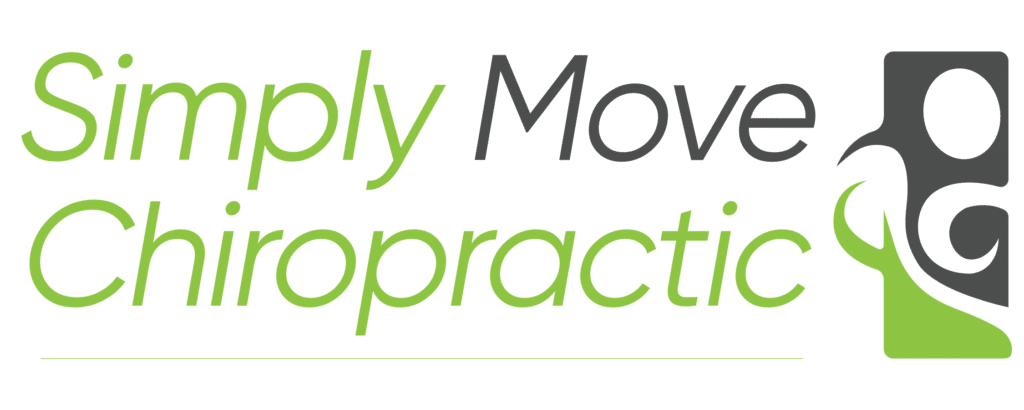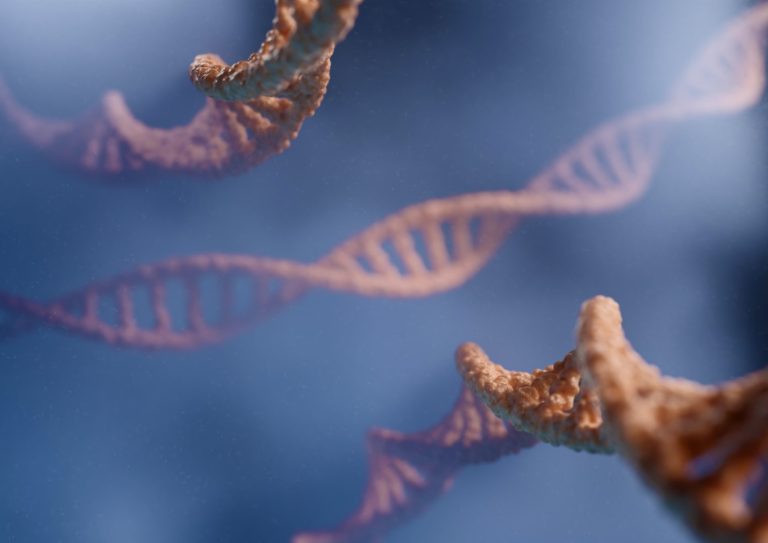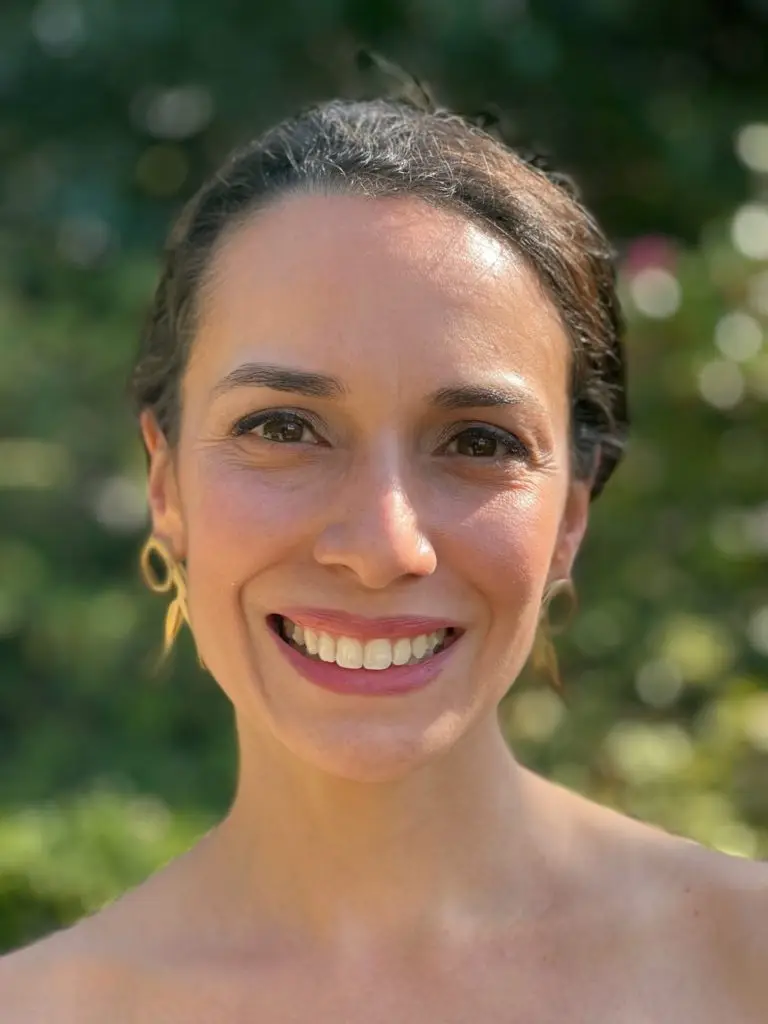If you or your child has been diagnosed with scoliosis or kyphosis, you may be wondering about the best course of action. At Simply Move Chiropractic, I focus on non-surgical treatment options to help prevent curve progression and improve spinal health. Early intervention is key, and there are several approaches we can take depending on the severity and risk factors associated with your condition.
Who Can Benefit from Non-Surgical Treatment?
Many patients can benefit from non-surgical scoliosis treatment, including:
Adolescents and juveniles with scoliosis or hyperkyphosis
Adults with degenerative scoliosis
Adults with hyperkyphosis or loss of lumbar lordosis
Patients with junctional kyphosis
Some cases of neuromuscular, congenital, or infantile scoliosis
The right treatment approach depends on the patient’s age, the severity of the curve, and how likely it is to progress over time.
Observation: Active vs. Passive Monitoring
For mild cases, observation might be recommended, but this doesn’t mean we take a “wait and see” approach. There are two types of observation:
Passive observation: This is the approach many general practitioners take, where the patient or their family watches for any changes in posture and seeks an evaluation if they notice anything unusual. The risk here is that curve progression can go unnoticed until it becomes more severe.
Active observation: This involves scheduled screenings to monitor any changes in spinal alignment. If there are risk factors (such as scoliosis in a close family member), active observation is the best approach to catch and manage any progression early.
Physiotherapeutic Scoliosis-Specific Exercises (PSSE)
One of the most effective ways to manage scoliosis non-surgically is through targeted exercises. At Simply Move Chiropractic, I use ScoliBalance, an exercise-based approach that incorporates:
3D posture correction
Stabilization of the corrected posture
Integration into daily activities
Patient education
Every ScoliBalance program is customized based on the patient’s unique spinal curve and needs.
Scoliosis Bracing: A Key Component of Treatment
For moderate curves, bracing is often necessary to prevent progression. I use ScoliBrace, a custom-made brace designed to provide optimal support and correction. Each patient is scanned with BraceScan to ensure a precise fit, and I personally oversee the fitting and monitoring process.
Bracing can be an effective way to manage scoliosis without surgery, especially when combined with ScoliBalance exercises.
Next Steps
If you or your child has been diagnosed with scoliosis or kyphosis, early intervention is crucial. Schedule a consultation with me at Simply Move Chiropractic in Charlotte to explore your treatment options and create a personalized plan.





